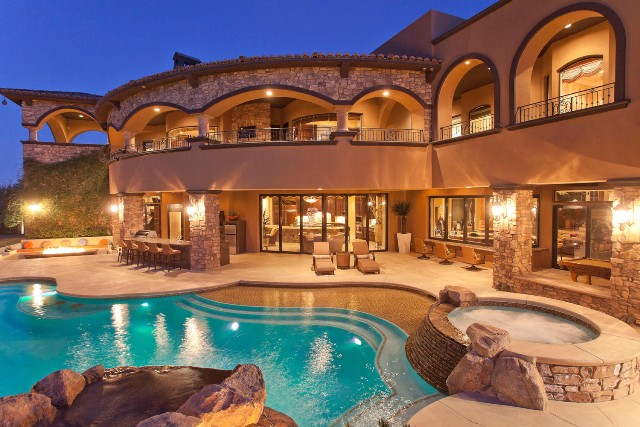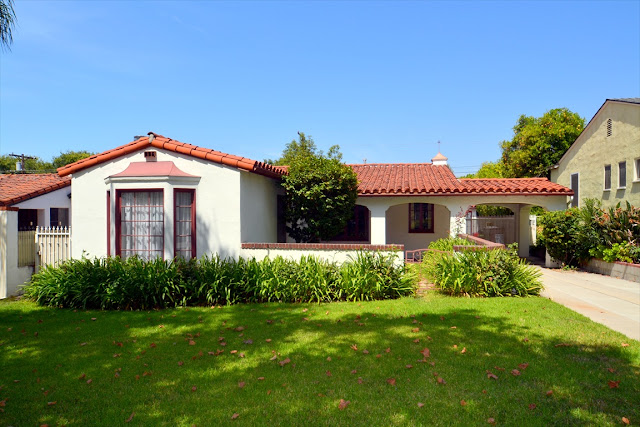Architectural Language (Changing Vocabulary and grammar) (Page 1)
Architecture is a living testimony of prolonged and Cumulative interaction of man with his environment. No kind of human activity is as permanent as the plastic arts, and nothing that survives from the past is so valuable as a clue to the history of civilisation. Architecture has produced great works of art in the past, which had meaning during that specific time and place. The aesthetic contribution has been considerable. Conditions Were quite different in the past to what they are at present, both emotionally and practically. Emotionally, classical and deterministic ideals prevailed, and Were manifested in some sort of artistic imagery. Also, at that time, the practical requirements of space were certainly less exacting.
During the classical period, art and architecture were interdependent in their expression which had its own effect on society. Both art and architecture possessed the capacity to elevate taste and morals. "The liberal diffusion of art in public places and in the streets, educates the people through their eyes, forms their taste, imbues the masses with a feeling for beauty by a spectacle that every day polishes manners and elevates the soul," Wrote Cesar Daily. "Yes, you squashed cabbage leaf, you are a disgrace to the noble architecture of these columns, you incarnate insult to the English language..." - When George Bernard Shaw's Professor Higgins described flower girl, Eliza Doolittle in Pygmalion, he was making a profound statement linking society and architecture between spoken and implied languages.
The notion of architecture as a language has, in recent years, returned to vogue Post-Modernists are today urging architects to use craft to express clear ideas in a common language. Where there were once rules of architectural grammar, now have a mutual diatribe between speculative builders.
The industrial Revolution and the twilight he Gods led to a shift from the architecture of the masses. In an age crying housing and working space, aesthetic considerations are overlooked. The best means of providing space is cubistic, and any deviation from a simple geometry for purely aesthetic ends must cost more, so that the only aesthetics that architecture can provide directly today and any extra cost is a rectangular or tubular architecture and relatively simple geometrical aesthetics. The first question that one must therefore ask is, whether such a Cubistic architecture can constitute a dart today.
(Continues...)




Comments
Post a Comment